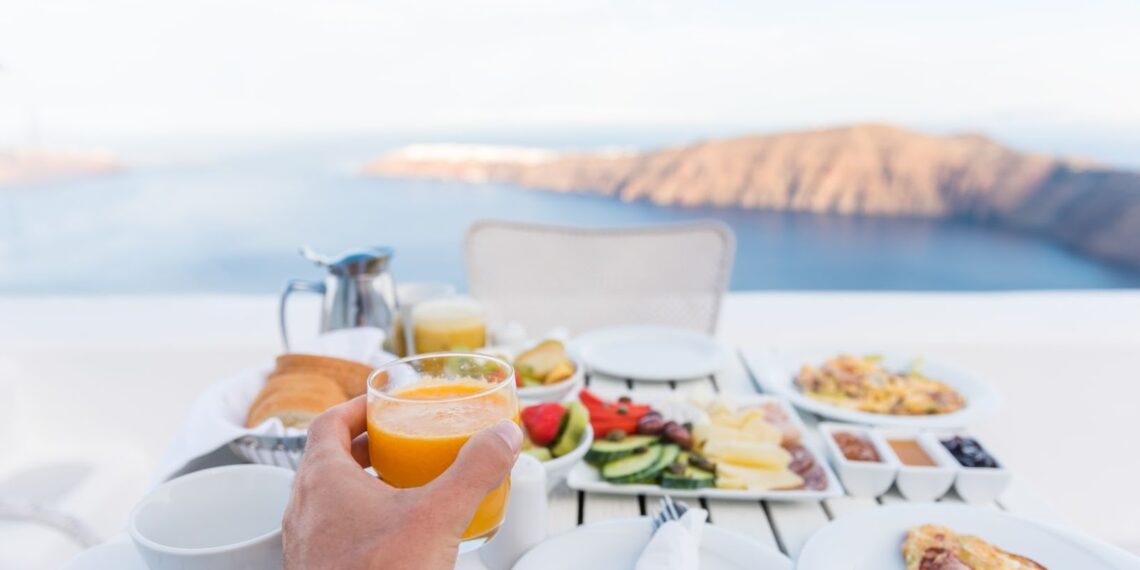Food and drinks are often the second largest expense, after accommodation, whenever you’re traveling. In all fairness, it would be a shame to visit a different part of the country or a foreign land and not enjoy the local delicacies! But this joy may be short-lived if you don’t know how to safeguard your budget. The great news is that, with a few tips and tricks, you can continue to indulge yourself with local goodness without worrying too much about your spending. Since we know, foodies can’t resist a good deal and an appetizing flavor, we put together a list of tips to take with you on future travels.
Eat Out for Lunch
Even though the food is tempting and you’d like to try all the restaurants in the area, it’s best to stick to eating out for one meal per day. Also, make that meal lunch. In most countries, lunch food has a (slightly) lower price than dinner food, and it’s easier to find a table without prior reservations. Plus, you can eat a big lunch without worrying you won’t be able to sleep afterward.
Plan Ahead for Major Tourist Locations
If you plan on visiting a theme park, let’s say Disney World, you have to plan ahead for everything. This includes where you’ll eat and stay since the restaurants and hotels in the area are always pretty busy. California has a lot to offer to foodies, but when it comes to usually crowded areas, it’s easy to feel confused, and a bit scared for your budget. Plus, if you’re traveling with children, you need to take their preferences into consideration as well.

Luckily, Disney World has something for everyone. For instance, if you don’t feel like eating in a classical restaurant (which can be pretty taxing), the dining guide at Magic Kingdom has plenty of delicious options available for quick service. With this type of service, you get the food faster, and you can choose where to eat it, which is a win-win if you ask us.
Use the Nearby Grocery Stores
Unless there’s a special breakfast or dessert you absolutely have to try, avoid going to a restaurant for these meals. Most people don’t need a large, cooked breakfast, so take advantage of the nearby grocery stores to find a croissant or yogurt to get some fuel for the start of the day. This way, you’ll have enough energy to explore the location and work up your appetite for that big lunch we mentioned earlier. The desserts are a bit more difficult to dodge since most restaurants will provide you with an extremely appealing dessert menu after you’ve had your meal. Our recommendation is to ignore that amazing sundae or chocolate mousse – they may look good, but you can get the same boost of energy from a chocolate bar which is a fraction of the cost (and has fewer calories).
Don’t Ignore the Street Food
The real authentic, local food is on the street at hole-in-the-wall establishments or food trucks. And, while it’s true that restaurants provide the ambiance and make you feel fancy, it also costs more to sit at a table. Not to mention that you may have to tip!

When you’re buying from street vendors, you support small local entrepreneurs, the food costs less, and the taste is just as delicious as in the restaurant. Plus, there’s something almost romantic about eating your food on a bench in the park while fighting with the local pigeons or seagulls for every bite.
Wrap Up
Delicious food doesn’t have to be expensive. If you know how to identify the right food establishments and when to eat out, your travel budget will look a lot better at the end of your trip.














